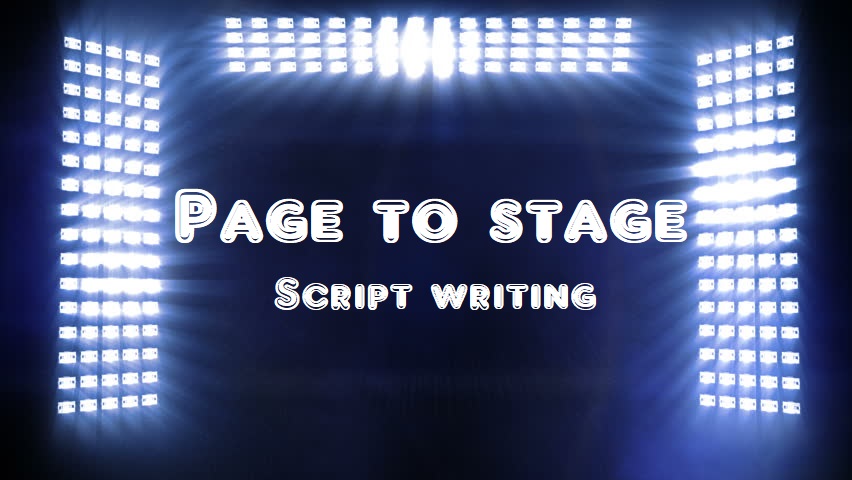Labor Day weekend, I finally decided to go see the action movie Top Gun: Maverick. It seemed like a great way to escape from reality for a few hours; Robert McKee notes, “Action movies are the most popular genre currently.”
Even Disney is banking on the trend with its Star Wars and Marvel franchises. It’s no wonder this was the perfect time to finally make the long-awaited sequel to the original Top Gun. However, I was pleasantly surprised to be swept away by a more than a typical action movie. Below are some unexpected qualities of the movie.
- A superb character arc
- An in-depth romantic subplot
One of my favorite parts of the movie was how the writers expanded on a romantic relationship that was only briefly mentioned in the original movie 30 years ago. In fact, later I had to go back and re-watch the original movie to see where the romantic lead came from.
The writer masterfully intertwined the romantic subplot with both the action and Maverick’s character arc, which in the process, slowed the pace of this full-throttle action movie!
Slow Your Roll
Whether a novelist, screenwriter, or storyteller, you need to understand the concept of pacing.
“Pace begins in the screenplay. We control rhythm and tempo. Progressions must be shaped, for if we don’t, the film editor will.”
Robert McKee
Pacing a story is critical to maintaining the audience’s attention and the focus of our story. As writers, we cannot unpack too much information at one time, because this will overwhelm the audience.
Good writers understand how to pace their stories to help build expectations and momentum. According to Masterclass, narrative pacing refers to . . .
“How fast or slow the story is moving for the reader. This is determined by the length of a scene and the speed at which you, the writer, distribute the information. Generally speaking, descriptive passages tend to slow things down, while dialogue and action scenes speed things up — but slowing the pace of action down at choice moments can also build suspense.”
Seven Tips to Master Pacing
- Utilize breathers.
- Change the order of events.
- Vary your sentence length.
- Keep characters physically moving during dialogue.
- Reveal information selectively.
- Vary your narration.
- Read the work out loud.
“A screenplay is different than a novel in this respect: Whereas most novels are written in the past tense, a screenplay is in the present tense.”
Screenwriting coach Scott Myers
Pacing controls the ebb and flow of a story by controlling the story’s present action. Below are a couple of movies whose pacing helps the audience hold on despite continuous fast-paced action scenes. The goal is to tell a story and pace it to balance the action.
Hold On
Good writers know a story’s pace builds both momentum and anticipation of what the audience wants or expects. We must grab their attention as soon as possible and make sure we keep it all the way to the end of our story. Pacing helps us to keep from exposition or emotional dumps that can cause viewers to tune out. Two tools that screenwriters can use to help pace a story are:
- Pause
- Beats
Remember, you don’t want to stop momentum of the narrative by either slowing down or speeding up. This is the purpose of writers learning to control a story’s pace.

Martin Johnson survived a severe car accident with a (T.B.I.) Traumatic brain injury which left him legally blind and partially paralyzed on the left side. He is an award-winning Christian screenwriter who has recently finished his first Christian nonfiction book. Martin has spent the last nine years volunteering as an ambassador and promoter for Promise Keepers ministries. While speaking to local men’s ministries he shares his testimony. He explains The Jesus Paradigm and how following Jesus changes what matters most in our lives. Martin lives in a Georgia and connects with readers at MartinThomasJonhson.com and on Twitter at mtjohnson51.





No Comments